D850 DSLR White Balance Tests, Dumbbell Nebula
Posted: 19 October 2020
Saturday, 17 October 2020, the sky was clear but still had some smoke from Arizona wildfires (none close). By late afternoon the smoke coverage had increased.

Sunday, 18 October, was clear with less visible smoke in the morning, but the smoke increased in the afternoon, apparently from a wildfire near Catalina State Park in Oro Valley (20 miles south).

|
Open: Sunday, 18 October 2020, 2033 MST Temperature: 70°F |
Session: 1541 Conditions: Clear, some smoke |
Equipment:
12" f/8 LX600 w/StarLock
2" 24mm UWA eyepiece
Camera:
D850 DSLR
2038 MST: LX600 ON, StarLock OFF, High Precision OFF.
Viewed Jupiter and 4 moon, Saturn and four moons, and Mars, 102X.
Recently I had begun to wonder if my sky conditions have changed from a "color temperature" perspective. Several years ago I had decided to use a White Balance of 4000K or 4550K, then more recently I changed it to 5560K. Using a standard white balance value makes it easy to adjust the sky background in the final image during post-processing. Why would my sky color temperature have changed? Three likely causes: (1) the increase in LED lighting (usually at the bad color temperature of 5000K), (2) particulates in the sky from all the wildfires over the past few years, and (3) a decrease in precipitation to "wash" the atmosphere. I decided to take several sky photographs and prime focus images at various color temperatures to see what I liked best and to establish a baseline to use in future years for comparison.
I set up the D850 DSLR with 24-70mm lens on the observatory patio.
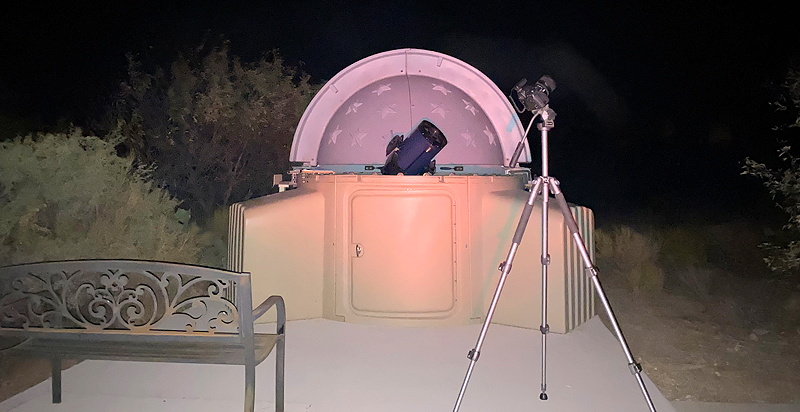
I then did untracked f/2.8, 30 seconds, FL 24mm, exposures at various White Balance settings. These are the resulting images with the WB noted.
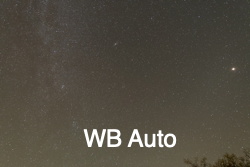
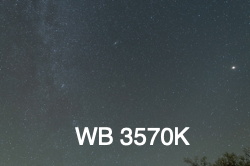
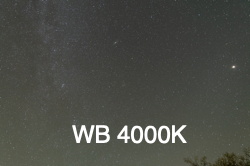
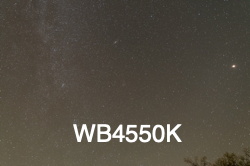
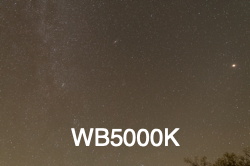
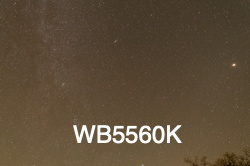
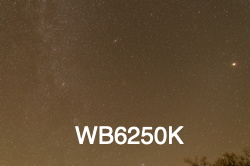
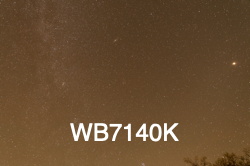
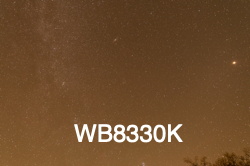
For sky photography I will start using a White Balance of 4000K.
I viewed M27 (Dumbbell Nebula), 102X.
I then set up for prime focus imaging to do more White Balance color tests. M27 would be the target. Unfortunately, smoke in the sky began increasing and was approaching M27. I decided to try imaging anyway. Mounted the D850 DSLR at prime focus, focused on the star Altair, and locked the 12" mirror.
I managed to get only one image done before the smoke in the sky was too bad. This is a StarLock autoguided, 5 minutes, ISO 5000, WB Auto, image (slightly cropped) of M27 (Dumbbell Nebula).

Due to the smoke I ended my tests. Will try again on a future session.
2139 MST: LX600 OFF.
2147 MST: took this handheld D850 DSLR photo of the southern sky showing some of the smoke, f/2.8, 2 seconds, ISO 3200, WB Auto.
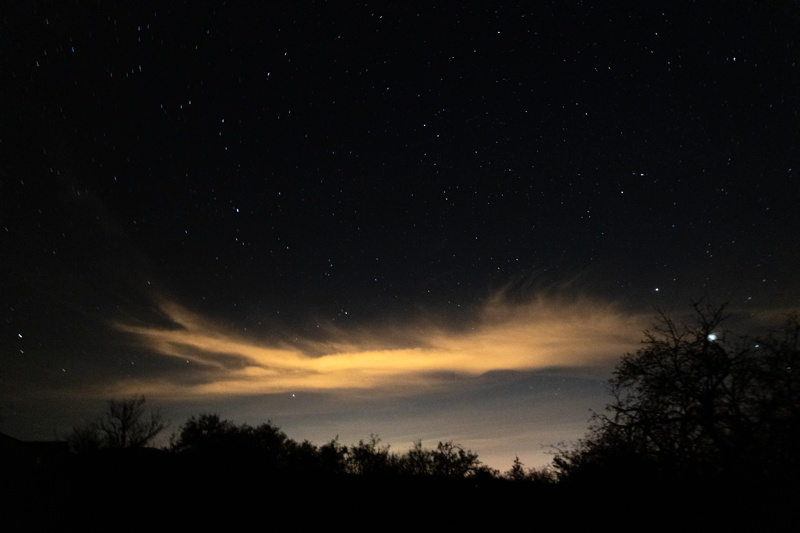
|
Close: Sunday, 18 October 2020, 2156 MST Temperature: 67°F |
Session Length: 1h 23m Conditions: Smoke |
Comments are welcome using Email. Twitter users can use the button below to tweet this report to their followers. Thanks.
Cassiopeia Observatory Home Page
Copyright ©2020 Michael L. Weasner / mweasner@me.com
URL = http://www.weasner.com/co/Reports/2020/10/19/index.html
